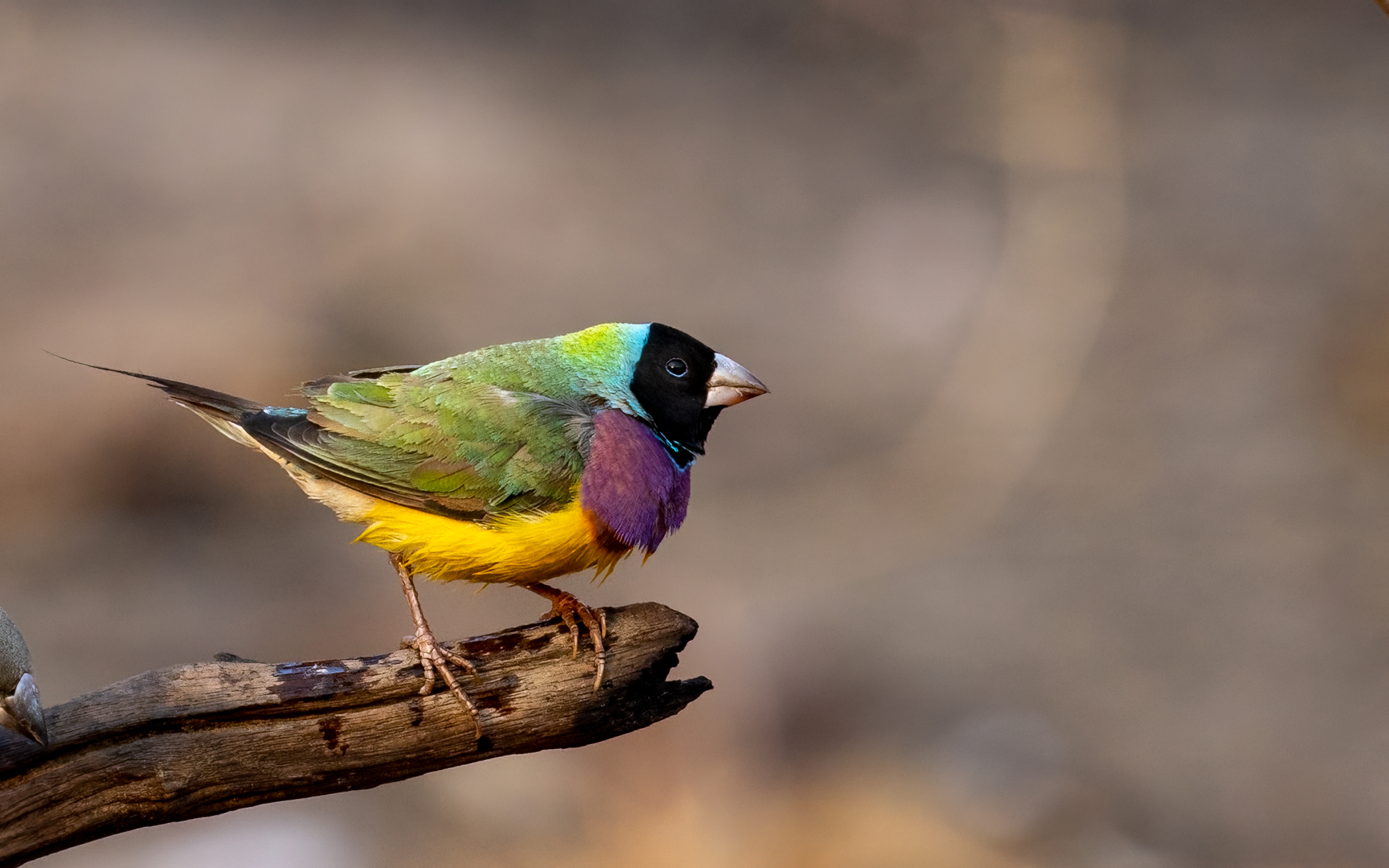| Common name | Box jellyfish |
| Scientific name | Chironex fleckeri |
| Type | Marine/jellyfish |
| Diet | Mostly fish, sometimes crustaceans |
| Average lifespan | Life cycle takes about two years to complet |
| Size | Adult body grows to the size of a basketball, with tentacles up to 3m long |
No other venomous animal in Australia has a more deadly record than the box jellyfish. It’s found in tropical coastal waters off the northern parts of the continent, from North Queensland around to northern Western Australia, and its venomous sting has caused the deaths of at least 70 people in Australian waters since records began in the 1880s. It’s thought that this huge jellyfish species has caused perhaps even more deaths during the same time elsewhere throughout the Indo–Pacific.
This species has a large cube-shaped transparent ‘bell’ – within which most of its organs are contained. Up to 15 long tentacles trail from each of the four corners of the lower edge of this firm jelly-like mass and each of these tentacles is up to 3m long and covered in many thousands of stinging cells called nematocysts.
Each of these cells is like a tiny spring-loaded hypodermic syringe that fires when touched, releasing a powerful venom designed to rapidly kill fast-swimming fish that happen to pass too close. Dead prey is then reeled into the jellyfish’s mouth by the tentacles.
Although it’s now known that box jellyfish are certainly able to swim against currents and control the direction in which they move by pulsing their bell, it’s not enough to pursue prey, which is why they need such fast-acting venom designed to stop vertebrates in their tracks.
If a person comes into contact with enough stinging cells of a box jellyfish, they will die within just a few minutes unless an antivenom can be administered. Survivors of box jellyfish stings usually bear lifelong physical scars from the encounter, at the sites where the stinging cells came into contact with them.
To avoid being stung in Australia it’s best to stay out of northern Australia’s coastal waters during stinger season, which is November to May. This is when adult jellyfish return from their lives in open ocean waters to breed near coastal river mouths and mangroves.
To protect swimmers, some beaches have nets that keep box jellyfish away. Special suits made of a material that can’t be penetrated by box jellyfish nematocysts are another protective option for swimmers.








